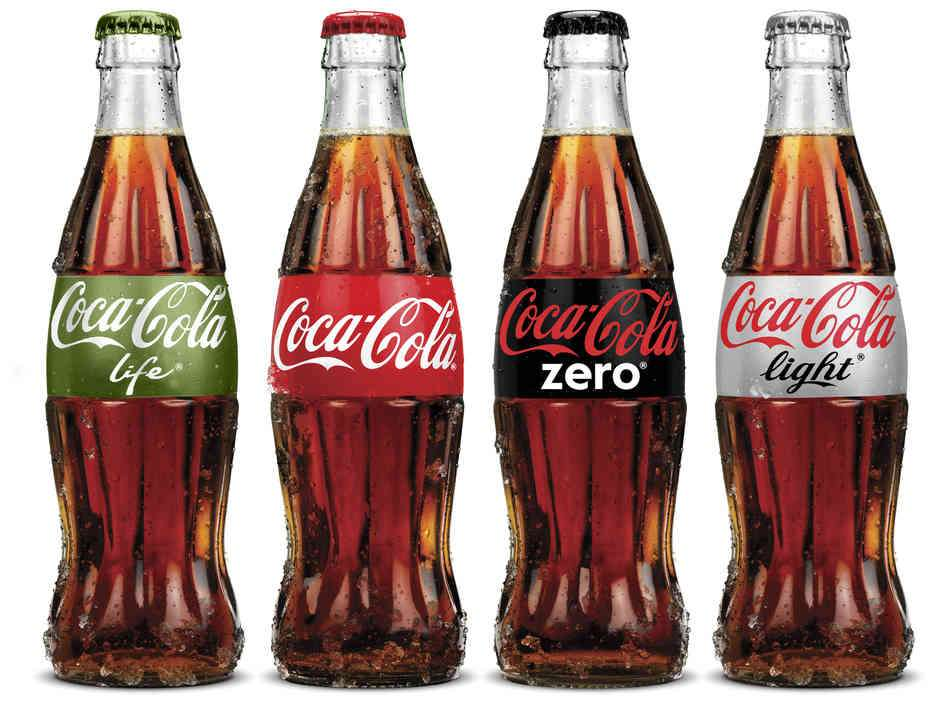
Line Extension: Out of Ideas on How to Continue Company Growth?
Last update: 8 August 2022 at 12:19 pm
Many brands find themselves in a position where they have achieved some success with their product line and are under pressure from investors and business partners to continue growing. The solution appears to be to produce new items that are comparable to their popular offering.
A line extension is a marketing technique in which a corporation develops a new product in one of its existing categories to target a specific client segment.
It is not rare for companies to find themselves in a spot where their products are performing fairly well, but they need to grow owing to pressure from investors and partners. In such circumstances, the best possible solution is to offer a product that is comparable to existing popular offerings.
However, an unfavorable aspect of this approach is that most of the new product launches don’t go well.
Thus, this strategy comes with a lot of risks, and firms must be careful when exploring it. But at the same time, your target customers will be already familiar with the existing items and are more likely to try the new product. This makes product line extension less hazardous than introducing a whole new product or undertaking a brand extension.
The Definition Of Line Extension
The easiest way to define a line extension is: “A new version of an established product that competes in the same category as the original.”
A product line extension occurs when an existing brand introduces new items in a product category in which it currently sells products.

For example, when a soft drink business introduces a new soda taste. Or when a toothpaste business sells a whitening toothpaste and then sells a toothpaste that minimizes tooth sensitivity.
To be deemed a line extension, the new product must be on the market while the current items are still available. A new product that replaces an existing product in the lineup is considered a product update rather than a line extension.
A product extension is another name for a line extension. Both names have the same meaning.
Product line expansions are classified into two types:
- Horizontal expansions are focused on keeping thesame pricing and quality of a product while modifying aspects such as color or changing the product composition.
- Vertical extensions are when the product quality is enhanced/trimmed down, and the price of a product is increased or decreased respectively.
What Is Brand Extension?
A major divergence from a company’s core products is referred to as brand expansion. It entails trying out a new sort of product and depending on customer research and excellent branding to make it succeed.
A luxury company with a big market share in footwear, for example, may decide to create a fragrance. This new product line has the potential to appeal to customers, but only if done correctly.
A brand may strive to launch a new product because it has enough brand awareness and loyalty to branch out into other product categories that its customers have requested. Customers must trust and be willing to test this new product line for the launch to be successful.

It normally cannot deviate too far from the primary service or enter a considerably different pricing tier since this is likely to generate consumer confusion.
Extending your product line can prove to be difficult in terms of branding consistency and making sure that customers are aware that you are the ones behind this new product. To avoid getting off to a potentially detrimental start, you may want to work with a qualified branding agency to help you with your expansion.
Line Extensions Vs. Brand Extensions
When a company introduces a new item in a completely different product category, this is referred to as brand line extension. It allows a company to expand its brand by leveraging recognition from existing products.
For example, if a soft drink producer (such as Coca Cola) launches a line of juices or bottled water under its brand name, this is an example of brand expansion. Because the brand, or corporation, is a well-known name, the name alone might entice people to try new goods that are wholly unrelated to the earlier product lines.

A brand extension entails increasing the company’s presence into new product categories where it is less well-known. When a brand introduces a version of an existing product to target new client categories, this is referred to as a line extension.
At times, it can get hard to distinguish between product categories. So much so that many people get confused about whether a new product is a line expansion or a brand extension.
Brand extensions can be more challenging than line extensions. In case a brand appears in a new product category, it must persuade its target audience that their offering is viable and that they make sense in the domain.
The simple way out is to figure out if two items focus on the same demand. If yes, they belong to the same category as the consumer can swap the items to achieve their goal.
Advantages Of Product Line Extension
In this section, we will have a look at some appreciated advantages of leveraging line extension.
- When a company develops a Product Line Extension business plan, it attracts the same type of target audience that is searching for diversity in the product category. The plan improves on the company’s already high levels of customer service and satisfaction.
- With a greater number of items in the same line and kind, the brand receives more shelf space in retail outlets. This increases its market reach and market share, as well as provides the benefit of brand improvement.
- With the product brand already established in the market and the minds of consumers, the company may save money on marketing and advertising for the same category’s Product Line Extension.
- As a result of its ability to provide consumers with a diverse range of alternatives, the company acquires a competitive edge in the market over its current competitors. Flavors, forms, sizes, pricing, packaging, and other factors might all be considered.
- With the Product Line Extension approach, the company can appeal to diverse sectors of customers that like the product in multiple versions such as form, color, taste, and more.
Disadvantages Of Product Line Extension
Following are some of the disadvantages of product line extension:
- Many times, if the business is not properly informed about market dynamics and changing client tastes, the Product Line Extension might backfire and negatively impact the original product’s sales and brand value.
- Quite often, marketers go beyond in terms of marketing and promotional spending with the Product Line Extension, which increases the firm’s overheads.
- If the Product Line Extension is poorly accepted by the target demographic, it will have an impact on brand loyalty and the value of the original product.
- The amount of options and alternatives accessible frequently kills the distinctive and exclusive charm and qualities of the original offering.
- To remain relevant in the market, the brand’s competitors must likewise pull up their socks and devise a plan for Product Line Extension. Furthermore, if the competitor’s products are superior in terms of features and traits, it might have an impact on the firm’s sales and earnings.
Will You Be Able to Take Advantage of a Line Extension Exercise?
A brand line expansion strategy may not be the best idea for every organization. However, you can ask yourself a couple of questions like the ones we have curated below for you:
- Will our organization be able to create a product that successfully differentiates itself from an existing product?
- Does it have the value and qualities expected by our target user base?
- Will the sales volume be enough in the long term to prove the sustainability of the venture?
- Is my organization capable enough to develop the product? Resources?
- Is the product variety in the category too challenging?
- Do we need proper market research and testing plan before we go for line extension, or can we safely bypass it without risking significant working capital?
Product line extensions generally fall in a convenient spot when answering these questions so look out for any contradictions thoughtfully. The answers must make sense and provide you with enough confidence regarding the overall feasibility.
Summing Up
One of the biggest benefits of product line expansions is entering new markets and even segments. These days, you can go for gathering insights with the help of tools like pulse surveys or even promise a freebie against inputs instead of buying costly market research reports.
A small investment in learning about your target market and testing new items will go a long way in assisting you to prevent overinvesting in a product that will not sell.
When weighing on your next step towards profitability, a rather experimental approach will help you address the challenges with as little risk as possible. Risk is definitely involved in every business, but such measures during line extension help control and manage risk effectively.





